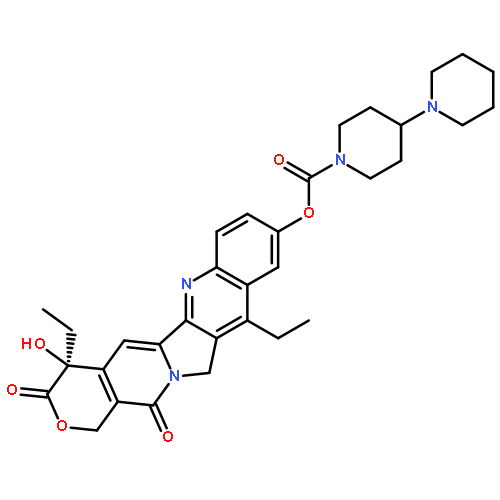Co-reporter: Ping Huang, Junping Ao, Linzhu Zhou, Yue Su, Wei Huang, Xinyuan Zhu, and Deyue Yan
pp: 1564
Publication Date(Web):May 20, 2016
DOI: 10.1021/acs.bioconjchem.6b00158
Drug combinations have been widely used in cancer treatment. However, it remains a formidable challenge to deliver three or more therapeutic agents in one nanoparticle with a precise and tunable molar ratio because of differences in pharmacokinetics and biodistribution of various anticancer drugs. Herein, we reported a facile approach to construct ternary cocktail nanoparticles, which are composed of three different anticancer drugs, such as gemcitabine, chlorambucil, and irinotecan, through the molecular coassembly of two amphiphilic drug–drug conjugates. The component of these nanoparticles can be simply adjusted by changing the feed ratio of two amphiphilic drug–drug conjugates in the coassembly process. Without the help of any drug carriers, they can self-deliver, release three drugs synchronally, and obtain the optimal synergistic therapeutic effect. This facile strategy may open a new way for cancer combination therapy.
